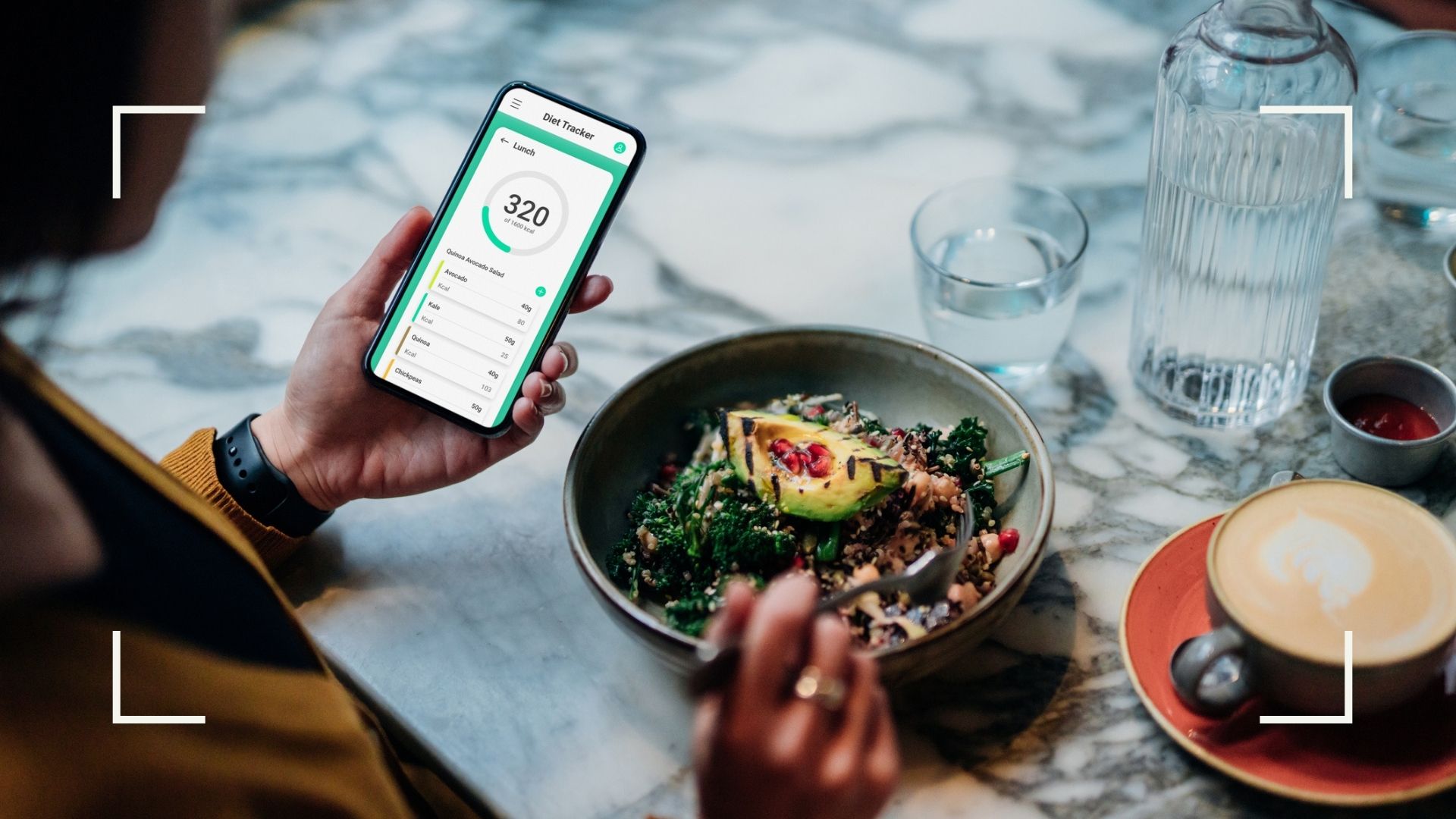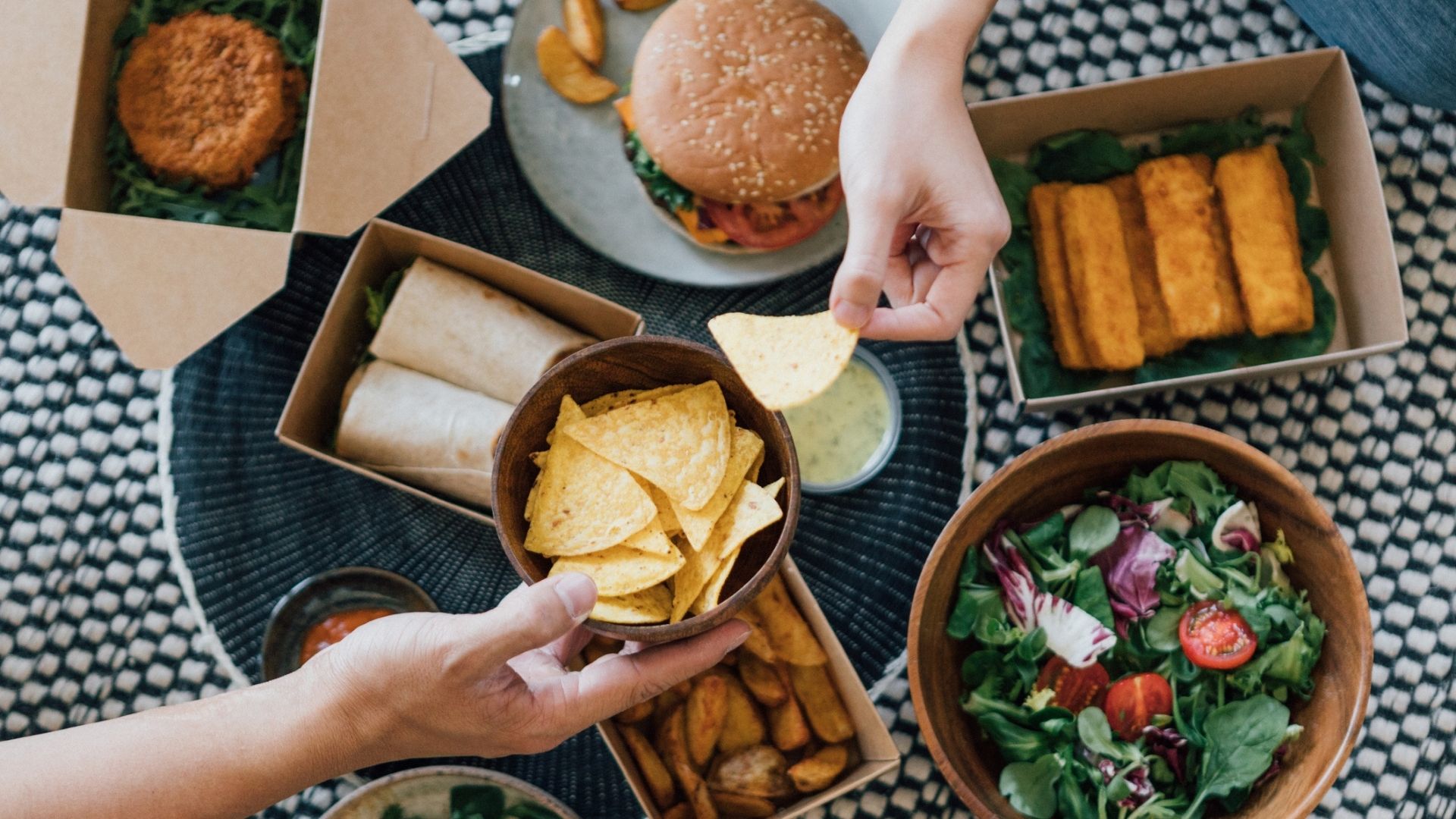Calories on menus—what is the new law in the UK and is calorie labeling a good idea?
The move to put calories on menus has divided people over the last year. Here's the latest


Whether to put calories on menus has been a huge point of contention since the government announced plans to do so in May last year. For some, it’s a move that couldn’t come soon enough but for others, including the 1.25 million people in the UK known to have an eating disorder, it’s a huge source of anxiety.
The decision to put calorie numbers on menus comes as part of the government’s initiative to cut obesity rates and improve general health, with the measures intending to help people make “more informed” choices when eating out or ordering a takeaway meal.
But will putting calories on menus work? We can't change the fact that millions of people are goggling the best foods for weight loss every day and even more are looking to how to lose weight in one week—or even less. The change in the law has the potential to change this narrative and help people lose weight in a healthier way, but it's faced criticism at every stage as it could change the way we eat out permanently.
Calories on menus—what's the new law in the UK?

From April 6, under new government guidance, any restaurant or café with 250 or more employees will have to display how many calories each of their meals offer on their menus. This means that larger chains will have to include calorie labeling on their menus, both online and off, in display cases, and on anything else that you make a food choice from.
Smaller, independent chains and restaurants have been advised to adopt the same policy but it won't be compulsory to put calories on menus.
For reference, the recommended calorie intake for men is 2,500 and 2,000 for women, according to the NHS, alhough naturally, this differs person-to-person based on a number of lifestyle and health factors.
The new change in the law will affect eateries including:
Sign up for the woman&home newsletter
Sign up to our free daily email for the latest royal and entertainment news, interesting opinion, expert advice on styling and beauty trends, and no-nonsense guides to the health and wellness questions you want answered.
- Restaurants, fast-food outlets, cafés, pubs and supermarkets
- Home delivery services
- Cafés and takeaways within larger shops and venues, such as supermarkets and department stores, and entertainment venues like cinemas
- Specialist food stores, including delicatessens, sweet shops and bakeries
- Contract catering services, such as events and canteens
- Domestic transport businesses, like planes, trains, ferries and other water transport services within the UK
Some exemptions do apply, however. Any food that’s sold as an individual ingredient, i.e. a loaf of bread from a bakery chain, doesn’t need to have calorie labeling. If that loaf of bread is sliced and other ingredients are added by the bakery to turn it into a sandwich, calories must be labeled.
Why was the law changed?
Restaurants, cafés, and anywhere else that sells food for immediate consumption were previously not required to display how many calories their food contains. According to new government guidance, this “makes it difficult for consumers to make informed, healthier decisions when purchasing food from such businesses," so the new law seeks to address this.
The measures are part of the government's strategy to tackle obesity as it aims to encourage people to make more informed, healthier choices when it comes to eating food out or ordering takeaways.
It is estimated that overweight and obesity-related conditions across the UK cost the NHS £6.1 billion each year. Almost two-thirds (63%) of adults in England are overweight or living with obesity—and one in three children leave primary school overweight or obese, according to the latest government stats.
We are introducing calorie labelling in restaurants, cafes, & takeaways to help people make healthier food choices.From April 2022, food businesses in England with 250+ employees will be required to display calorie labelling on menus & food labels.▶️ https://t.co/TVa8KpxlxF pic.twitter.com/UniI7kIU5uMay 12, 2021
But as well as helping people make healthier choices, adding calories on menus should change how restaurants make and prepare food in the future.
“Calorie labeling also aims to encourage businesses to reformulate the food and drink they offer and provide lower-calorie options for their customers," the statement reads.
Is calorie labeling a good idea?

There’s no doubt that for those who want to make calorie-based choices when eating out, the move is game-changing. Whether someone is looking to follow a calorie-restricted diet like the Cambridge Diet plan, or wanting to gain weight, eating out at restaurants has historically been an issue.
Calorie counter apps like MyFitnessPal offer rough calorie numbers for those who want them, but as every recipe uses different ingredients, they’re rarely—if ever—correct. Now, restaurants have the chance to offer customers their own numbers to help them choose the foods they want to eat.
Whether calorie labeling will work for those who don’t fit into this niche group is another matter, however. “While weight control does always come down to calories, not everybody wants, or needs, to calorie count. For people that have a difficult relationship with food or have struggled with disordered eating in the past, listing the calorie content of every food they eat when they’re trying to enjoy a meal out can be extremely mentally damaging,” personal trainer at Top Fitness, Tom Opper, says.
For others, it can “make people feel guilty about what they’re eating, and create unhelpful anxieties around certain foods.”
This is something that eating disorder charity, Beat, has emphasized. "Requiring calorie counts on menus risks causing great distress for people suffering from or vulnerable to eating disorders, since evidence shows that calorie labeling exacerbates eating disorders of all kinds," chief executive Andrew Radford says.
“Although we recognize the importance of reducing obesity, research shows that anti-obesity campaigns that focus on weight instead of health are counter-productive, while the number of calories consumed is not a reliable indicator of health.
“Public health campaigns need to consider people’s mental health as well as their physical health", he adds. "They must move away from obesity-shaming to emphasizing healthy behavioral changes and instilling confidence into people."
What a nutritionist wants you to know
Adding calories to menus in restaurants may help some people to make healthier choices and this is a step in the right direction towards making the general public more aware of what they’re eating, nutritionist Jenna Hope says. However, there will be some repercussions that will affect everyone who eats at one of these restaurants from now on.
“It’s important to note that looking at calories alone can often be a reductionist approach. For example, healthy fats contain more calories per gram than sugar, yet they’re required in the body and have key roles in supporting health. As a result, this may encourage restaurants to reduce their use of healthy fats and increase their use of sugar,” she says. Along with amping up the potential for sugar cravings later in the day, a diet that's higher in sugar has plenty of unwanted health consequences.
“Plus, not all calories are metabolized equally and the cooking process and state of food will impact how the body can absorb and utilize those calories. For example, generally speaking, lower-fiber carbohydrates have a higher calorie availability than higher-fiber carbohydrates. This means more of the calories from lower-fiber foods can be absorbed and utilized in the body when compared to calories from higher-fiber foods.”
There’s no denying as well, Jenna adds, that for individuals who struggle with their relationship with food, it can be incredibly triggering.
How to find calories on menus
Every restaurant, café, and other eatery is now required to provide calorie counts “on any place where customers choose what food to buy” so while this will include in-house menus, it should also appear on online menus too. The calorie number will appear next to the description of the food or the price in any case.
Many popular restaurants, including Wagamama, Pizza Express, Pret A Manger, Nando’s, and Café Rouge, have offered calories on menus for some years but in online form only, giving those who want to see the calorie content the option to do so.

Grace Walsh is woman&home's Health Channel Editor, working across the areas of fitness, nutrition, sleep, mental health, relationships, and sex. She is also a qualified fitness instructor. In 2025, she will be taking on her third marathon in Brighton, completing her first ultra marathon, and qualifying as a certified personal trainer and nutrition coach.
A digital journalist with over seven years experience as a writer and editor for UK publications, Grace has covered (almost) everything in the world of health and wellbeing with bylines in Cosmopolitan, Red, The i Paper, GoodtoKnow, and more.
-
 Unforgettable date ideas to make a great first impression or rekindle romance
Unforgettable date ideas to make a great first impression or rekindle romanceForget the same old first date formula - these unforgettable date ideas will leave them thinking about you long after you go home
By Natalie Denton Published
-
 Butter yellow might be the colour of the season, but Amal Clooney is making me want to try sunshine shades
Butter yellow might be the colour of the season, but Amal Clooney is making me want to try sunshine shadesSpark some joy by adding some statement yellow pieces to your wardrobe just in time for summer
By Matilda Stanley Published